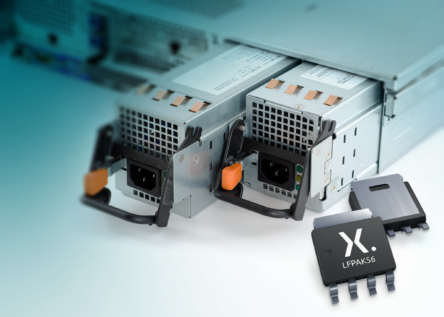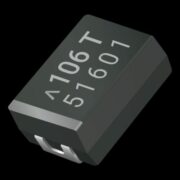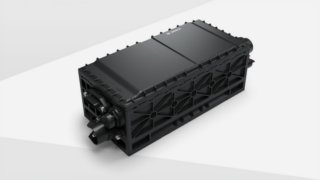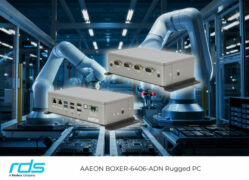Nexperia, the expert in discrete and MOSFET components and analog & logic ICs, announced the release of its lowest-ever RDS(on) power MOSFET. Already recognised as the industry-leader in low voltage, low RDS(on) devices, the PSMNR51-25YLH launched today sets a new standard of 0.57 mΩ at 25 V. Utilising Nexperia’s unique NextPowerS3 technology, this market-leading performance is offered without compromising other important parameters such as maximum drain current (ID(max)), Safe Operating Area (SOA) or gate charge QG.
Very low RDS(on) devices are required in many applications such as ORing, hot-swap operation, synchronous rectification, motor control and battery protection, to reduce I²R losses and increase efficiency. However, some competing devices with similar RDS(on) values suffer from reduced SOA – a measure of the ruggedness of the MOSFET – and reduced ID(max)) ratings due to shrinking cell-pitches. Nexperia’s PSMNR51-25YLH MOSFET offers a maximum drain current rating up to 380 Amps. This parameter is especially important in motor control applications where motor-stall can result in very high current surges for short periods, which the MOSFET must withstand for safe and reliable operation. Some competitors provide only computed ID(max) whereas Nexperia demonstrates continuous current capability up to 380 Amps.
The device is packaged in LFPAK56, Nexperia’s 5mm x 6mm Power-SO8 compatible package, offering a high performance copper-clip construction which absorbs thermal stresses, increasing quality & lifetime reliability.
Comments Steven Waterhouse, product manager for Power MOSFETs at Nexperia: “Our latest NextPowerS3 MOSFETs mean power engineers now have more options than ever before to build market leading products – batteries can last longer, motors can deliver more torque, servers can be more reliable.”
Typical applications include: battery protection; brushless DC (BLDC) motor control (full bridge, 3-Phase topologies); server power for ORing, hotswap operation and synchronous rectification.










